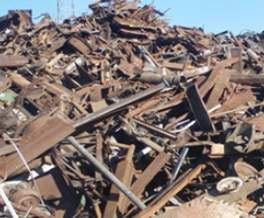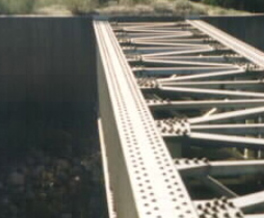Steel Scrap Ferrous
Scrap is a term used to describe recyclable and other materials left over from every manner of product consumption, such as parts of vehicles, building supplies, and surplus materials.
HMS 1/2
Heavy melting steel (HMS) or heavy melting scrap, is a designation for recyclable steel and wrought iron. It is broken up into two major categories: HMS 1 and HMS 2. The difference between the two is HMS 1 does not contain galvanized and blackened steel, whereas HMS 2 does.
Both HMS 1 & 2 comprise obsolete scrap only. That is iron and steel recovered from items demolished or dismantled at the end of their life.
Because both grades guarantee a minimum piece thickness – at least 1/4inch (6.3mm) for HMS 1, and 1/8in for HMS 2 – consignments have a high density. Both also have defined maximum dimensions (usually 60in x 24in), and should be prepared to facilitate handling and charging to a furnace.
This density, sizing and preparation make for efficient furnace operation by minimizing the time to charge enough scrap for a full melt. In contrast, thin mixed scrap greatly increases charging time, cutting furnace productivity.
Plate and Girder
A riveted or welded steel girder having a deep vertical web plate with a pair of angles along each edge to act as compression and tension flanges.
Shredded Scrap
Most metal scrap collected for recycling requires some level of pre-processing before it can be reused. For example, large and irregularly-shaped material must first be cut up into smaller, more manageable pieces to make it suitable for bulk transport and furnace remelt. One of the most efficient ways to process scrap this way is by “shredding” it.
Metal shredding is performed by specialized equipment called a Metal Shredder. The metal shredder hammermill is enclosed within a sophisticated structure that facilitates materials through-put and effectively controls any sound or air emissions.
Homogeneous iron and steel scrap magnetically separated, originating from automobiles, unprepared No. 1 and No. 2 steel, miscellaneous baling and sheet scrap. Average density 70 pounds per cubic foot.






